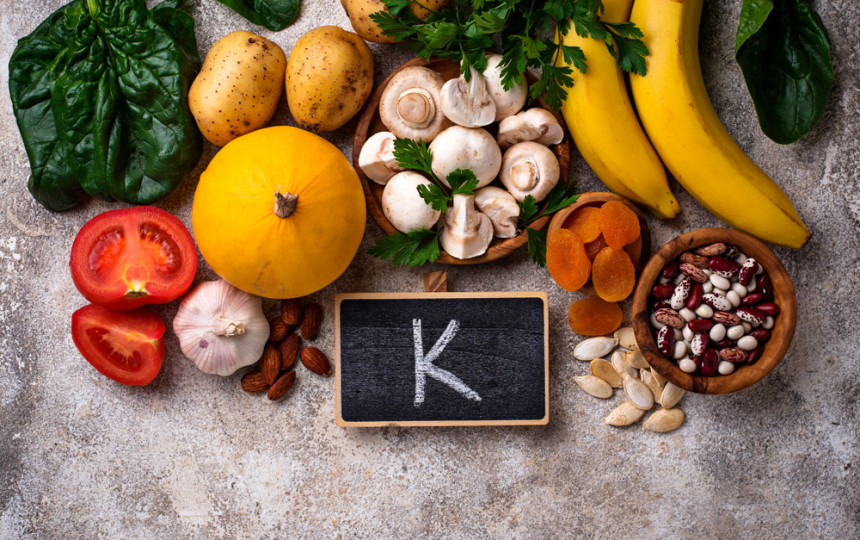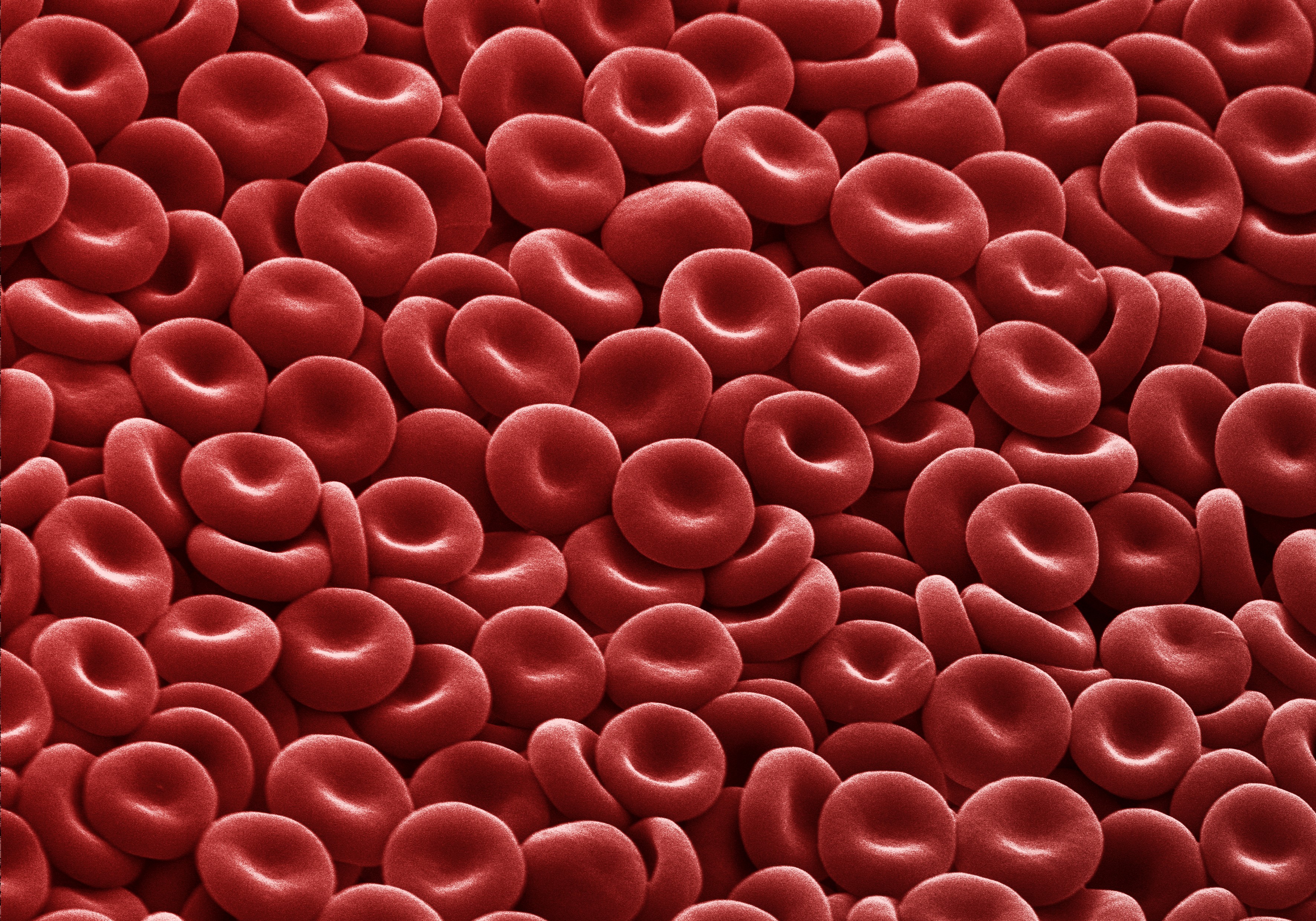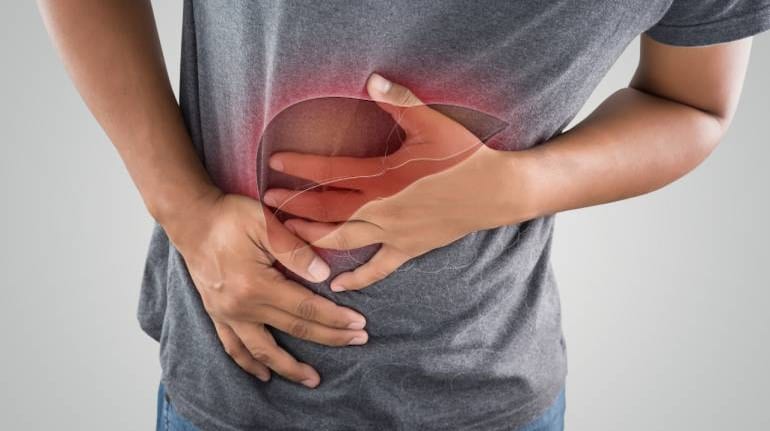There are no products in your cart
Categories
TOP
TOP
- 1. COVID -19 SEJOY rapid antigen test for nasal passages
- 2. Rapid test for COVID-19 antigens
- 3. AteroLip complex N90. Better price!
- 4. 3 PCS of AteroLip complex N90 better price!
- 5. BASICA SPORT, 660 g
- 6. 4 PCS of AteroLip complex N90 better price!
- 7. A+E vitamins Nourishing Ointment 60g BIG PACK
- 8. Sale! 3 PCS of FORCAPIL, effective nutritional supplement for ...
- 9. Orthomol Immun (30 daily doses)
- 10. Orthomol Arthro plus (30 daily doses)
Now Online
Now Online
We have 442 guests online
Health
What is chickenpox? Symptoms, spread, and prevention methods

Chickenpox, known in medical terminology as varicella, is a highly contagious viral disease caused by the varicella-zoster virus. This illness most commonly manifests in childhood and is characterized by distinctive skin rashes that turn into itchy blisters. Chickenpox begins with mild symptoms, such as fever, headache, and general malaise, followed by the characteristic rash. The rash initially appears as small red spots, which quickly turn into blisters filled with a clear fluid. After a few days, these blisters begin to dry out and form crusts.
What causes potassium deficiency?

Potassium, symbolized as K, is a chemical element and an essential mineral that plays a vitally important role in the human body. It is an electrolyte necessary for many bodily functions, including the transmission of nerve signals, muscle contractions, and heart function. Potassium is also a crucial component that helps maintain optimal fluid balance in the body and regulates blood pressure and acid-base balance.
How can lymphatic drainage massage improve health?

Lymphatic drainage massage is a special therapeutic procedure designed to stimulate the flow of lymph through the lymphatic system, which is vitally important to our body's metabolism and immune system. Lymphatic drainage massage relies on gentle, yet effective pressure and rhythmic movements to help lymph flow through the lymphatic channels and nodes, ensuring more effective removal of toxins, harmful substances, and fluids from tissues and promoting a healthier tissue state.
Erythrocytes and their role in the human body

Erythrocytes, also known as red blood cells, are an essential component of human blood, performing vitally important functions. They are characterized by their unique, disk-shaped structure with a central indentation, which increases their surface area, facilitating the exchange of oxygen and carbon dioxide. Erythrocytes in adults are atypical cells because they lack a nucleus, allowing them to carry more hemoglobin – a complex protein that binds with oxygen and gives erythrocytes their characteristic red color.
Preserving liver health: essential tips and preventive measures

The liver is one of the primary and largest organs in the human body, performing vital functions. It is located on the right side of the abdomen, below the diaphragm. The liver is responsible for processing and eliminating toxins, such as alcohol and drugs, from the blood, and also regulates the chemical composition of the blood. It synthesizes essential protein molecules, regulates blood clotting, produces cholesterol, triglycerides, and other important substances, and stores iron and vitamins. Additionally, it is a primary regulator of carbohydrate, fat, and protein metabolism.
More Articles...
Page 10 of 44






